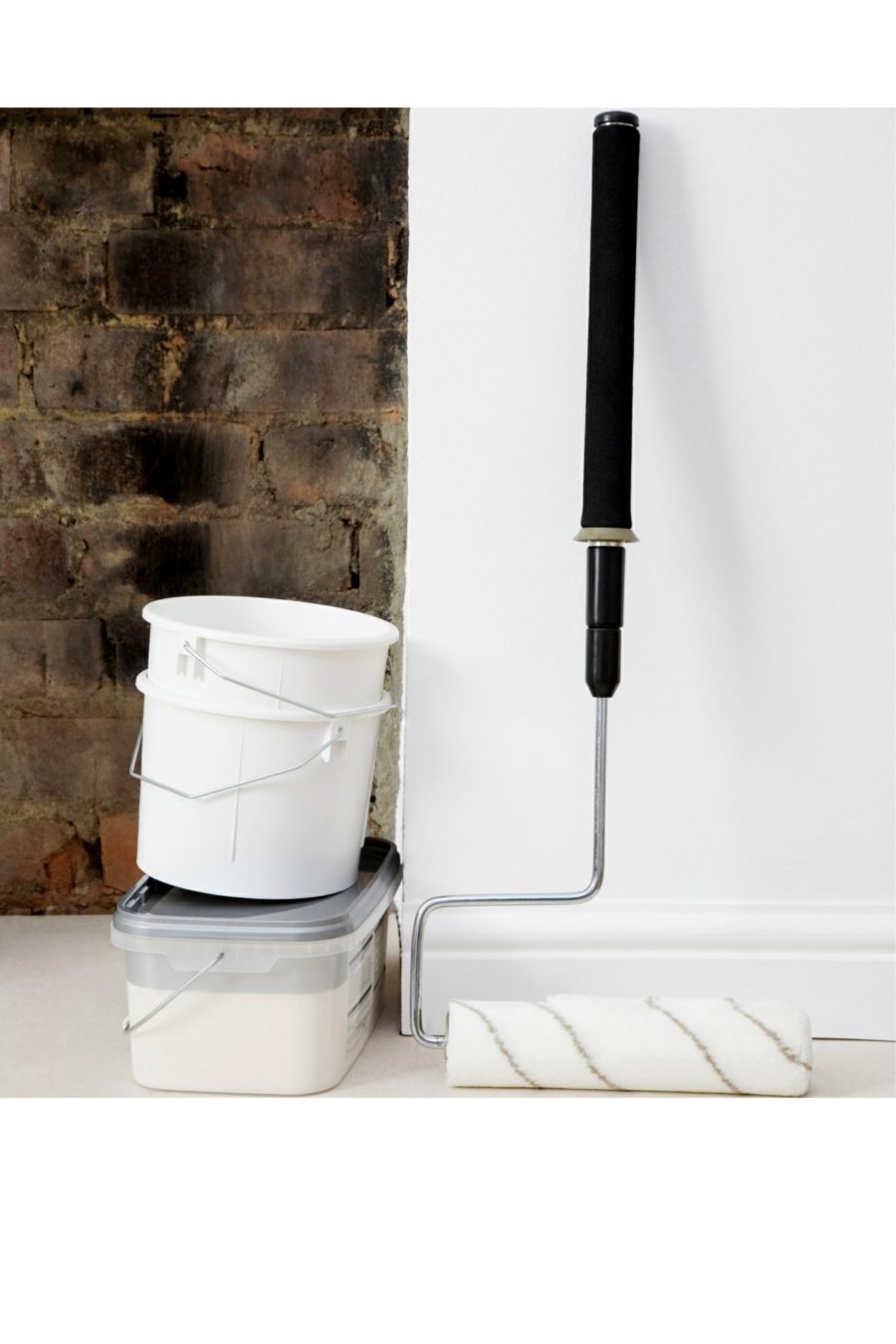Why Renovate?
- Personalize your home
- Additional living space
- More comfortable environment
- Increase value of home
- Energy efficiency (depending on renovation)
- Less maintenance in the future
- Another option to purchasing a new home
- Make the home more attractive to others, including future potential buyers
Before Your Home Renovation
Value
Prior to making renovation plans, know what the value of your home is. Talk with a realtor, consult previous years of property tax documents, and make an educated guess of what the approximate value of your home is at the current time. Check out neighborhood comps and compare those with and without renovations. From there, gather data to make an estimate of what the potential value of your home is prior to renovations. Knowing your current home value and the potential value it has gives you an idea of what you want to get out of a renovation. For example, the typical suggested kitchen renovation cost is about 5-15% of your home value.
Finances
Have maximum spending amounts in mind prior to making plans. A splurge here and there in a renovation is fun, exciting, and gives you the personal touch and character in your home that you desire. Ask advice regarding which splurges will benefit you most in the renovation. An architect is able to help you understand which items you can use budget quality materials and which items are worth spending a little bit more on.
As a general rule- OVERESTIMATE. Overestimate time, cost, and materials needed. A reasonable overestimate will leave you prepared. Renovations have hiccups along the way, regardless of detailed planning. Plan for the extra time and money, and the process is bound to be a less stressful.
Typically, plan to spend about $100-$200 per square foot for a renovation.
Planning
- Prioritize your list of “wants”. When asked to choose between items, or cut costs in certain areas, a list of priorities will make decision making easier and less stressful.
- Measure the area/s you plan to renovate. Keep these measurements written down and convenient throughout all renovation stages. Measurements are referred to repeatedly during the renovation process.
- Realistically evaluate the condition of your home. A newer home is less likely to have additional repairs to complete during the renovation. An older home, however is more likely to need repairs during the process.
- Get at least three bids for your home renovation. Compare the prices and what each company has to offer you, before deciding on a contractor/ architect/ etc.
Creating a home renovation budget:
- Plan for 10% additional costs as a buffer in the event of changes that occur along the way (example: deciding to add a tile backsplash in the kitchen)
- For each room or area of your home you are renovating, create a spreadsheet. I like to use one spreadsheet document with tabs for each area at the bottom.
- List all items, fixtures, furniture, and decor that will be needed to replace older items for each renovated area of the home.
- Once you’ve listed each item, do some research on the median price range for these items. When making these estimations, keep your previous spending patterns in mind. If you tend to have expensive taste, or you tend to be a penny pincher, you can enter an amount on the higher or lower end.
- Look back through the prices, and adjust them accordingly. If certain items just seem a bit off in dollar amount, look for other price quotes from different stores or vendors.
- After purchasing the items, insert the actual amount into another column.
- Add vendor or production company, serial numbers, warranty information, and colors into the same spreadsheet. You’ll have all of your important renovation details in one place to share with others or to replace items if needed in the future.
- Use the same template for contractors, architects, interior designers, and others working to complete the renovation
Hidden Costs:
Inevitably, your renovation will have hidden costs that you aren’t prepared for.
Eliminate unexpected costs by:
- Read fine print before signing paperwork
- Calculate taxes prior to purchasing
- Understand shipping costs- large items are expensive to ship. Research these costs prior to purchase, and be better prepared.
Allow yourself some wiggle room in your budget. Build in a cushion, especially for large ticket items.
Saving Along the Way:
- Look for costs to cut during the renovation. One family planned to smooth a popcorn ceiling that was estimated $3000+ after initially scraping the popcorn texture off. This couple thought it looked good prior to any additional smoothing of the surface. They kept the rougher look and ultimately, saved themselves over $3000.
- DIY- There are many parts of a renovation that can be completed with little to no experience. Jump in there and save costs by doing parts of some projects yourself. The Mostly Simple Life Blog has some great tips for DIY home update projects.
- Paint walls yourself. Make a day of it and have older children or your spouse help you.
- If an area needs to be demolished prior to beginning the project, offer to do this yourself. Not only will it save you money, but you’ll relieve some work stress in the process!
Stress and anxiety comes with home renovations. Enjoy the process, and share the laughs and hiccups along the way with friends and family.



